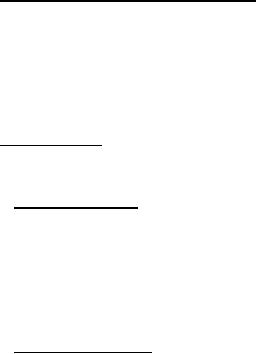 |
|||
|
Page Title:
Identification and instruction plates |
|
||
| ||||||||||
|
|  MIL-T-52831E
(see 6.2). Surfaces to be painted shall be cleaned and dried to insure that they are free from
contaminants such as oil, grease, welding slag and spatter, loose mill scale, water, dirt, corrosion
product, or any other contaminating substances. As soon as practicable after cleaning, and
before any corrosion product or other contamination can result, the surfaces shall be prepared or
treated to insure the adhesion of the coating system. The painting shall consist of at least one
coat of primer and one finish coat. The primer shall be applied to a clean, dry surface as soon as
practicable after cleaning and treating. Painting shall be with manufacturer's current materials
according to manufacturer's current process and the total dry film thickness shall be not less than
2.5 mils over the entire surface. The paint shall be free from runs, sags, orange peel, or other
defects.
3.20 Identification and instruction plates. The contractor shall provide all identification
markings, instruction plates, or stenciled instructions normally furnished on his commercial
tampers. The plates shall include the contract number, serial number, national stock number,
model number and date of manufacture in addition to the instructions normally furnished.
Instruction and identification plates shall conform to MIL-P-19834, type II. Adhesives or decals
shall not be used to attach labels.
3.21 Workmanship. All production processes used by the contractor and his suppliers shall
conform to the contractor's production drawings and manufacturing tolerances.
3.21.1 Metal fabrication. Metal used in fabrication shall be free from kinks and sharp bends.
The straightening of material shall be done by methods that will not cause injury to the material.
All bends shall be made with controlled means to insure uniformity of size and shape.
Precaution shall be taken to avoid overheating. External surfaces shall be free of burrs, sharp
edges and corners, except when sharp edges or corners are required or where they are not
detrimental to safety.
3.21.2 Bolted connections. Boltholes shall have the burrs removed. Washers or
lockwashers shall be provided, where necessary. Matching thread areas securing bolts, or
capscrews shall be of sufficient strength to withstand the tensile strength of the bolt. All
fasteners shall be correctly torqued and shall have full thread engagement.
10
|
|
Privacy Statement - Press Release - Copyright Information. - Contact Us |